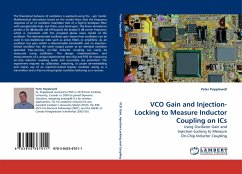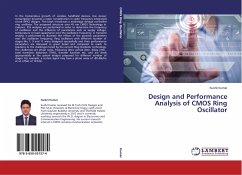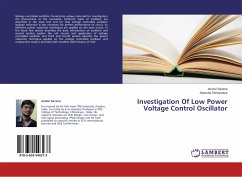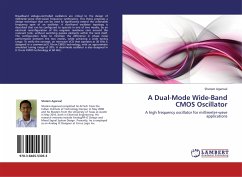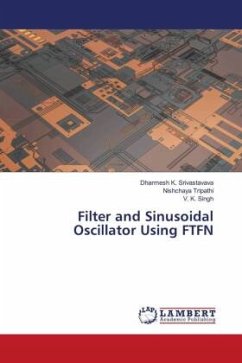An in-depth and rigorous mathematical analysis is conducted on a family of nonlinear dynamical circuits of first order generic Chua Corsage (CC) memristor.When connected across a DC battery, CC memristor exhibits two asymptotically-stable equilibrium points on its dynamic route map (DRM) and generates a highly nonlinear contiguous locally active DC V-I curve. The unicursal fixed point loci and the DC V-I curve can also be expressed analytically by 2 exact explicit parametric equations, which rarely happens. When connected in series with a battery and external inductance (L ), the resulting circuit exhibits a unique stable limit cycle spawn from a supercritical Hopf bifurcation by invoking the local activity principle and proving the edge of chaos property. When connected across a sinusoidal voltage source, CC memristor exhibits two coexisting dynamic attractors of an associated non-autonomous nonlinear differential equation, and two corresponding coexisting pinched hysteresis loops. The existence of two coexisting dynamic attractors with explicit formulas and their basins of attraction are truly a remarkable example for future researchers on non-autonomous systems.


